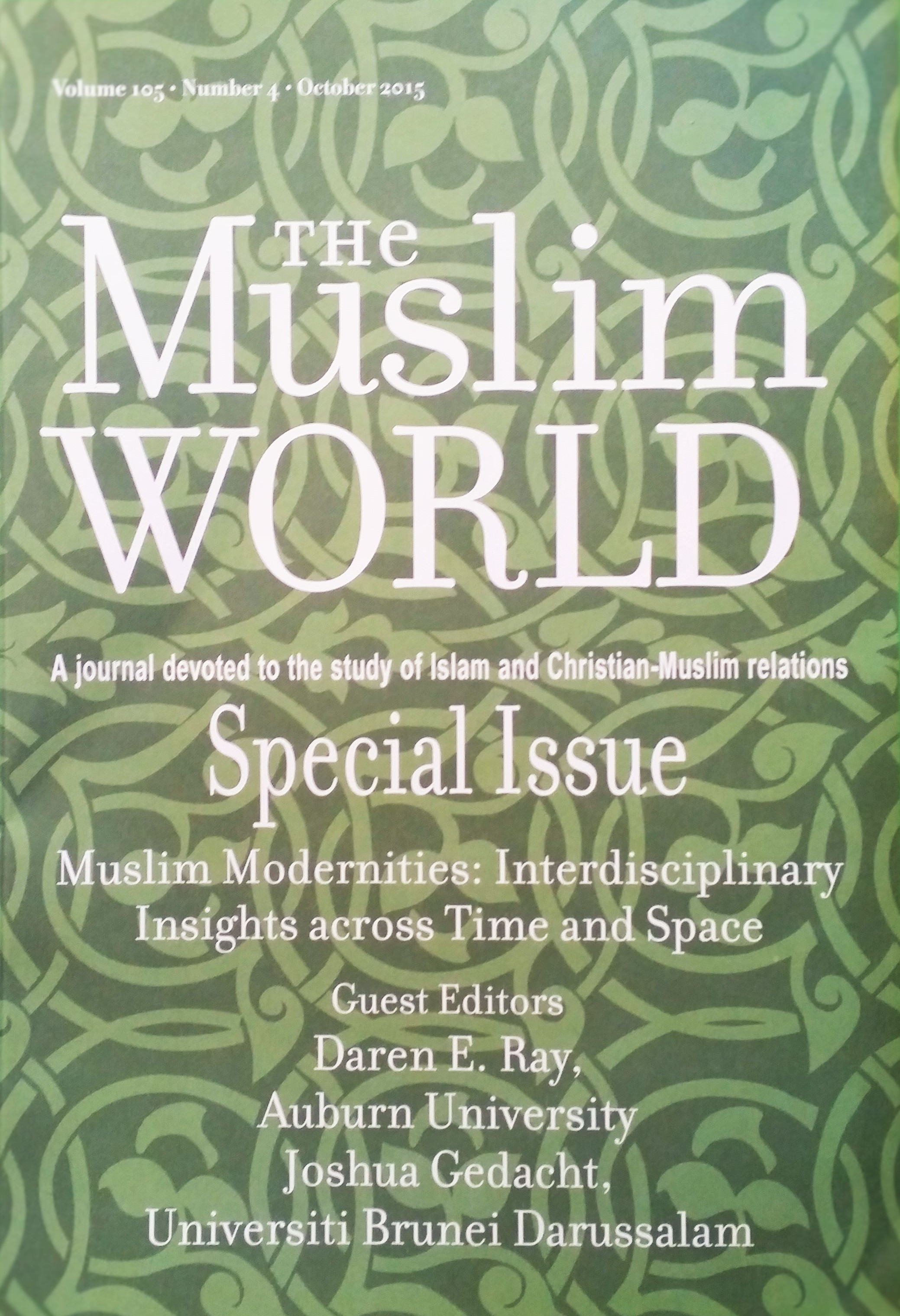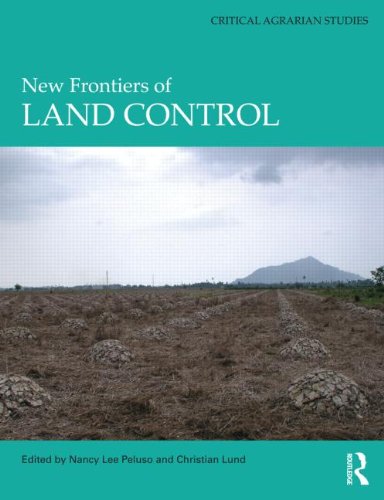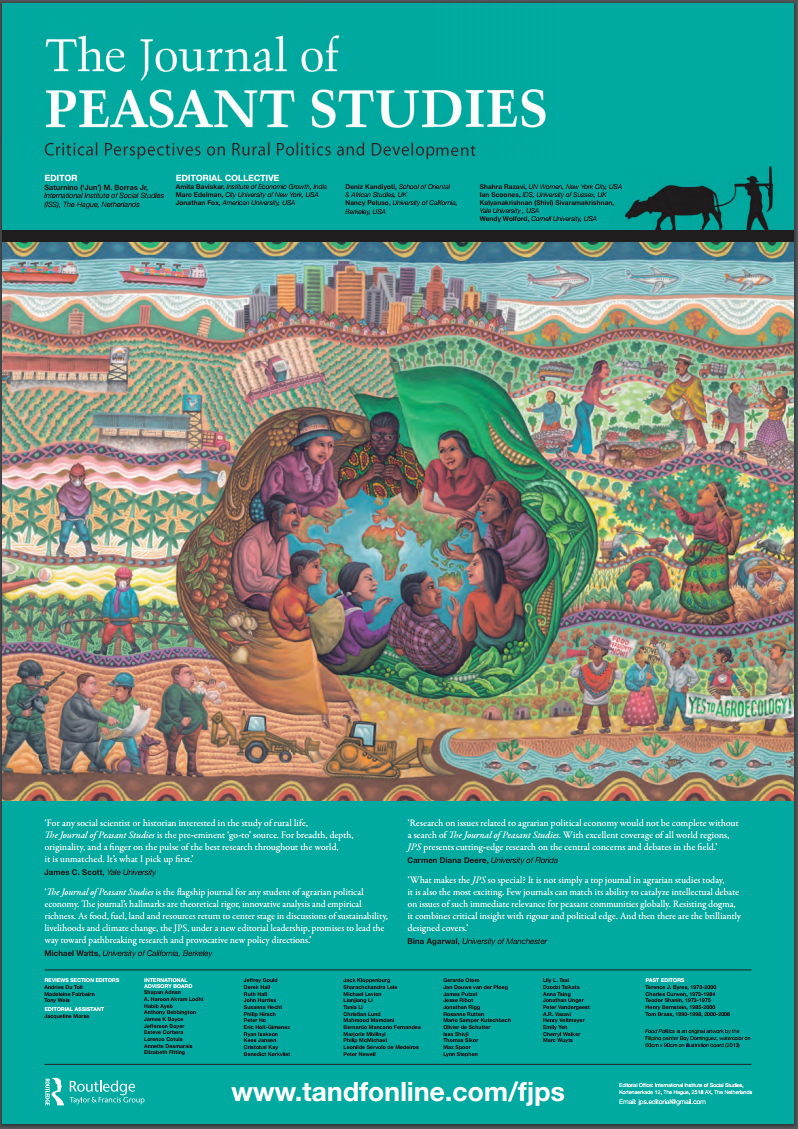The Muslim World Special Issue on Muslim Modernities: Interdisciplinary Insights Across Time and Space
Today, I had an article come out in The Muslim World, in a special issue edited by Daren E. Ray and Joshua Gedacht called “Muslim Modernities: Interdisciplinary Insights across Time and Space”.
My article is a history of the politically potent conflation between race, religion and royalty – the well-known 3Rs that have become emblems of Malay Muslim nationalism – in Malaysian public life. These are precisely the 3Rs that groups like the new Malaysian redshirts refer to in their rhetoric. This rhetoric reflects the present and historical influence of a form of statist Islamism that views nations like Malaysia as racial-religious constructions.
In the article, I argue that this conflation (at least partly) originates in negotiations between Britain and Siam as they carved up the Malay Peninsula between them, sealing off Siamese and Malayan geo-bodies on either side of the boundary they first produced in 1902. I show how arguments made by Malay Muslim rulers who wanted to be included on the “Malaya” side of the border were early examples of this conflation. These arguments were so powerful that they contributed to establishing Malaya/Malaysia as a state that remains seemingly permanently-structured by these 3Rs.
My abstract is here:
Since 1957, Malaysian public life has been organized around a historic conflation of three important political themes: “race, religion and royalty”, or “3R”, all of which are purportedly championed and defended by the United Malays National Organisation (UMNO). This article explores how this conflation of themes became so important to this postcolonial nation-state, specifically by investigating its influence in shaping Malaya’s territorial limits. The 3R conflation has deep historical roots which stretch much further back than the moment of decolonization, as shown by a series of approaches to Britain made by Malay Muslim rulers between 1895 and 1902—the period in which a boundary between Malaya and Siam was first negotiated. During these years, these rulers—all of whom ruled over Siamese tributaries—appealed to Britain to colonize their polities to prevent their incorporation into Siam. Their appeals were framed in terms of 3R, giving momentum to the idea of a “Malay Muslim” geo-body in Malaya, in which a transformed monarchy should preside over a modernized sacral sphere of racial and religious identity.
- If you can access it, the full text of the article is available from Taylor & Francis.


